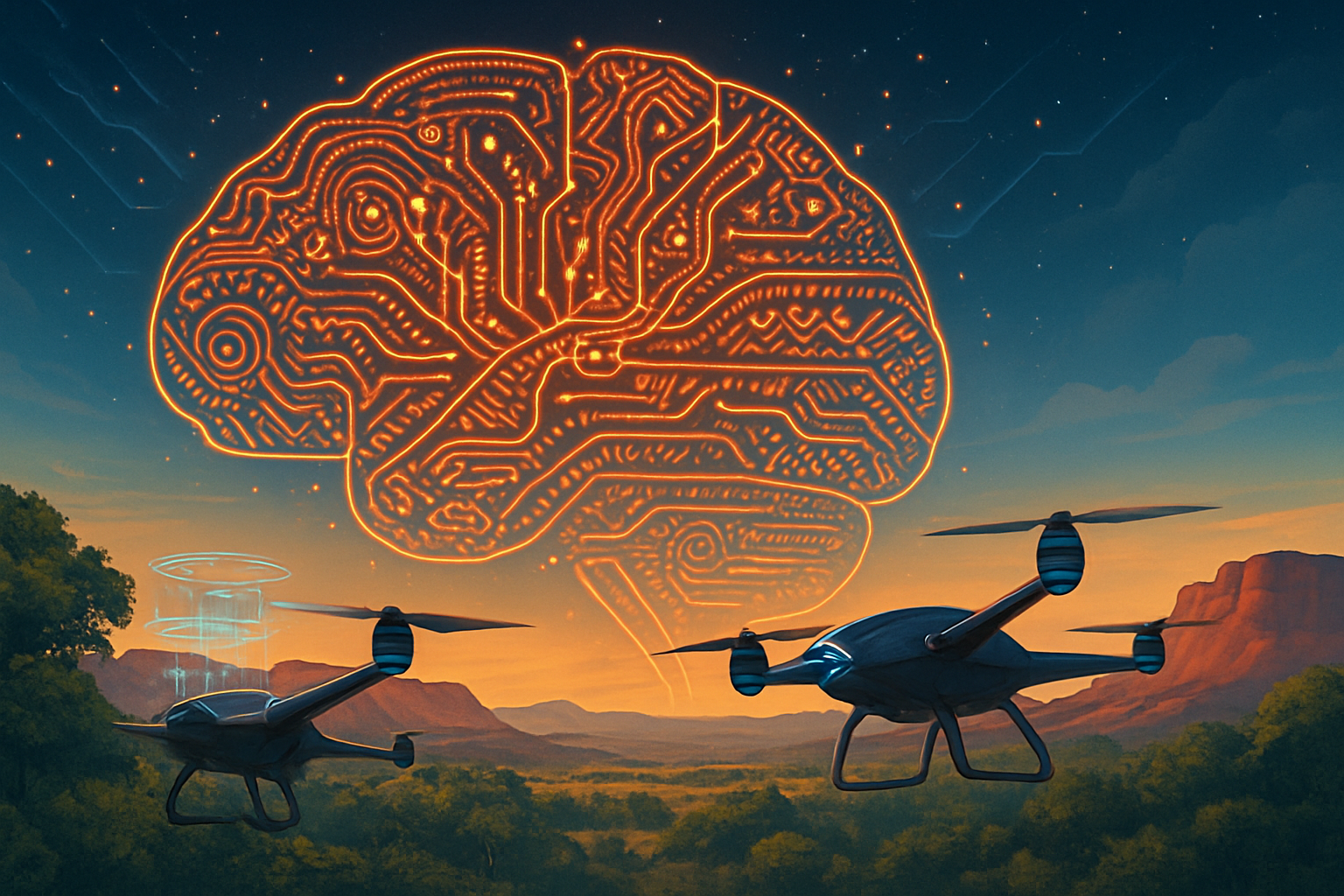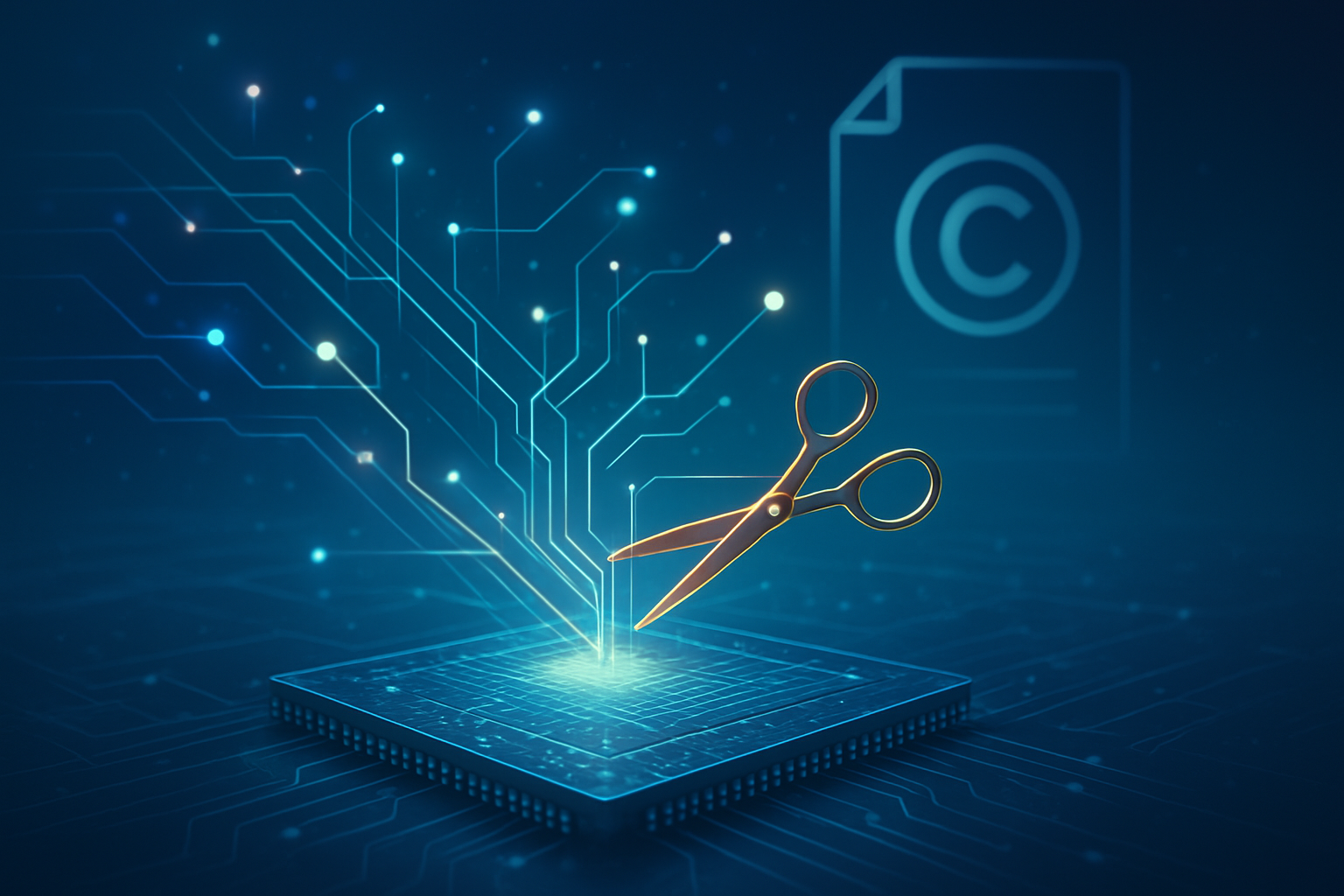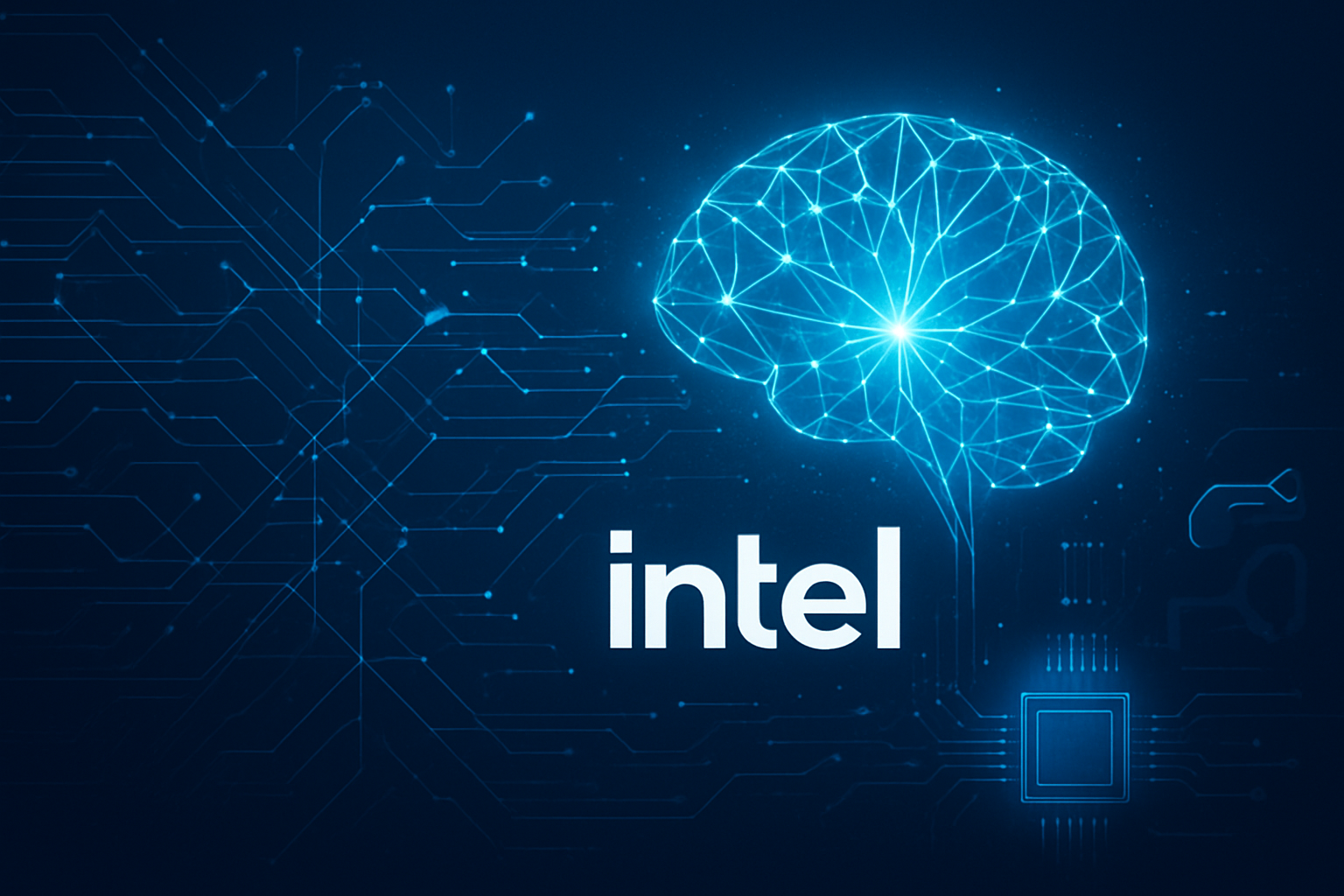Salt Lake City, UT – November 13, 2025 – As the countdown to the 2025 Utah AI Summit begins, a crucial pre-summit workshop co-hosted by SeedAI, a Washington, D.C. nonprofit, is set to lay the groundwork for a future of ethical and effective artificial intelligence integration within Utah's business landscape. Scheduled for December 1, 2025, this "Business Builders & AI Integration" workshop is poised to empower local enterprises with the tools and knowledge necessary to responsibly adopt AI, fostering a robust ecosystem where innovation is balanced with public trust and safety.
This forward-thinking initiative underscores Utah's commitment to becoming a national leader in responsible AI development and deployment. By bringing together businesses, technical experts, academic institutions, and government partners, SeedAI and its collaborators aim to provide practical, tailored support for small and growing companies, ensuring they can harness the transformative power of AI to enhance efficiency, solve complex challenges, and drive economic growth, all while adhering to strong ethical guidelines.
Laying the Foundation for Ethical AI Integration: A Deep Dive into the Workshop's Approach
The "Business Builders & AI Integration" workshop, a precursor to the main 2025 Utah AI Summit at the Salt Palace Convention Center, is designed to be more than just a theoretical discussion. Its core methodology focuses on practical application and tailored support, offering a unique "hackathon" format. During this session, five selected Utah businesses will be "workshopped" on stage, receiving direct, expert guidance from experienced technology partners. This hands-on approach aims to demystify AI integration, helping companies identify specific, high-impact opportunities where AI can be leveraged to improve day-to-day operations or resolve persistent business challenges.
A central tenet of the workshop is SeedAI's emphasis on "pro-human leadership in the age of AI." This philosophy underpins the entire curriculum, ensuring that discussions extend beyond mere technical implementation to encompass the ethical implications, societal impacts, and governance frameworks essential for responsible AI adoption. Unlike generic AI seminars, this workshop is specifically tailored to Utah's unique business environment, addressing the practical needs of local enterprises while aligning with the state's proactive legislative efforts, such as the 2024 laws concerning business accountability for AI-driven misconduct and the disclosure of generative AI use in regulated occupations. This focus on both practical integration and ethical responsibility sets a new standard for regional AI development initiatives.
Collaborators in this endeavor extend beyond SeedAI and the State of Utah, potentially including institutions like the University of Utah's Scientific Computing and Imaging Institute (SCI), Utah Valley University (UVU), the Utah Education Network, and Clarion AI Partners. This multi-stakeholder approach ensures a comprehensive perspective, drawing on academic research, industry best practices, and governmental insights to shape Utah's AI ecosystem. The workshop's technical guidance will likely cover areas such as identifying suitable AI tools, understanding data requirements, evaluating AI model outputs, and establishing internal governance for AI systems, all within a framework that prioritizes transparency, fairness, and accountability.
Shaping the Competitive Landscape: Implications for AI Companies and Tech Giants
The SeedAI workshop in Utah holds significant implications for AI companies, tech giants, and startups alike, particularly those operating within or looking to enter the burgeoning Utah market. For local AI startups and solution providers, the workshop presents a direct pipeline to potential clients. By guiding businesses through the practicalities of AI adoption, it effectively educates the market, making companies more receptive and informed buyers of AI services and products. Companies specializing in AI consulting, custom AI development, or off-the-shelf AI tools for efficiency and problem-solving stand to benefit immensely from this increased awareness and demand.
For larger tech giants (NASDAQ: MSFT, NASDAQ: GOOG, NASDAQ: AMZN) with established AI divisions, the workshop and Utah's broader responsible AI initiatives signal a growing demand for enterprise-grade, ethically sound AI solutions. These companies, often at the forefront of AI research and development, will find a market increasingly attuned to the nuances of responsible deployment, potentially favoring providers who can demonstrate robust ethical frameworks and compliance with emerging regulations. This could lead to a competitive advantage for those who actively integrate responsible AI principles into their product development and customer engagement strategies, potentially disrupting the market for less ethically-focused alternatives.
Furthermore, the workshop's emphasis on connecting innovators and fostering a collaborative ecosystem creates a fertile ground for partnerships and strategic alliances. AI labs and companies that actively participate in such initiatives, offering their expertise and solutions, can solidify their market positioning and gain strategic advantages. The focus on "pro-human leadership" and practical integration could also spur the development of new AI products and services specifically designed to meet these responsible adoption criteria, creating new market segments and competitive differentiators for agile startups and established players alike.
Broader Significance: Utah's Blueprint for a Responsible AI Future
The SeedAI workshop in Utah is more than just a local event; it represents a significant milestone in the broader AI landscape, offering a potential blueprint for states and regions grappling with the rapid pace of AI advancement. Its emphasis on responsible AI adoption for businesses aligns perfectly with the growing global trend towards AI governance and ethical frameworks. In an era where concerns about AI bias, data privacy, and accountability are paramount, Utah's proactive approach, bolstered by its 2024 legislation on AI accountability, positions it as a leader in balancing innovation with public trust.
This initiative stands in stark contrast to earlier phases of AI development, which often prioritized speed and capability over ethical considerations. By focusing on practical, responsible integration from the ground up, the workshop addresses a critical need identified by policymakers and industry leaders worldwide. It acknowledges that widespread AI adoption, particularly among small and medium-sized businesses, requires not just access to technology, but also guidance on how to use it safely, fairly, and effectively. This holistic approach could serve as a model for other states and even national governments looking to foster a healthy AI ecosystem.
The collaborative nature of the workshop, uniting academia, industry, and government, further amplifies its wider significance. This multi-stakeholder engagement is crucial for shaping comprehensive AI strategies that address technological, economic, and societal challenges. It underscores a shift from fragmented efforts to a more unified vision for AI development, one that recognizes the interconnectedness of innovation, regulation, and education. The workshop's focus on workforce preparedness, including integrating AI curriculum into K-12 and university education, demonstrates a long-term vision for cultivating an AI-ready populace, a critical component for sustained economic competitiveness in the age of AI.
The Road Ahead: Anticipating Future Developments in Responsible AI
Looking beyond the upcoming workshop, the trajectory of responsible AI adoption in Utah and across the nation is expected to see several key developments. In the near term, we can anticipate increased demand for specialized AI consulting services that focus on ethical guidelines, compliance, and custom responsible AI frameworks for businesses. The success stories emerging from the workshop's "hackathon" format will likely inspire more companies to explore AI integration, fueling further demand for practical guidance and expert support. We may also see the development of new tools and platforms designed specifically to help businesses audit their AI systems for bias, ensure data privacy, and maintain transparency.
In the long term, experts predict a continued maturation of AI governance policies, both at the state and federal levels. The legislative groundwork laid by Utah in 2024 is likely to be expanded upon, potentially influencing other states to adopt similar measures. There will be a sustained push for standardized ethical AI certifications and best practices, making it easier for businesses to demonstrate their commitment to responsible AI. The integration of AI literacy and ethics into educational curricula, from K-12 through higher education, will become increasingly widespread, ensuring a future workforce that is not only skilled in AI but also deeply aware of its societal implications.
Challenges that need to be addressed include the rapid evolution of AI technology itself, which often outpaces regulatory efforts. Ensuring that ethical frameworks remain agile and adaptable to new AI capabilities will be crucial. Furthermore, bridging the gap between theoretical ethical principles and practical implementation for diverse business needs will require ongoing effort and collaboration. Experts predict that the focus will shift from simply adopting AI to mastering responsible AI, with a greater emphasis on continuous monitoring, accountability, and the development of human-AI collaboration models that prioritize human oversight and well-being.
A Landmark Moment for AI Governance and Business Empowerment
The upcoming SeedAI workshop in Utah represents a landmark moment in the ongoing narrative of artificial intelligence. It serves as a powerful testament to the growing recognition that the future of AI is not solely about technological advancement, but equally about responsible deployment and ethical governance. By providing tangible, practical support to local businesses, the initiative goes beyond theoretical discussions, empowering enterprises to harness AI's transformative potential while mitigating its inherent risks. This proactive approach, coming just weeks before the 2025 Utah AI Summit, solidifies Utah's position at the forefront of the responsible AI movement.
The workshop's significance in AI history lies in its focus on democratizing responsible AI adoption, making it accessible and actionable for a wide range of businesses, not just large corporations. It underscores a critical shift in the AI landscape: from a "move fast and break things" mentality to a more deliberate, human-centric approach. The collaborative ecosystem fostered by SeedAI and its partners provides a scalable model for other regions seeking to cultivate an AI-ready economy built on trust and ethical principles.
In the coming weeks and months, all eyes will be on Utah to observe the outcomes of this workshop and the broader 2025 AI Summit. Key takeaways will include the success stories of businesses that integrated AI responsibly, the evolution of Utah's AI legislative framework, and the potential for this model to be replicated elsewhere. This initiative is a clear signal that the era of responsible AI is not just arriving; it is actively being built, one workshop and one ethical integration at a time.
This content is intended for informational purposes only and represents analysis of current AI developments.
TokenRing AI delivers enterprise-grade solutions for multi-agent AI workflow orchestration, AI-powered development tools, and seamless remote collaboration platforms.
For more information, visit https://www.tokenring.ai/.









